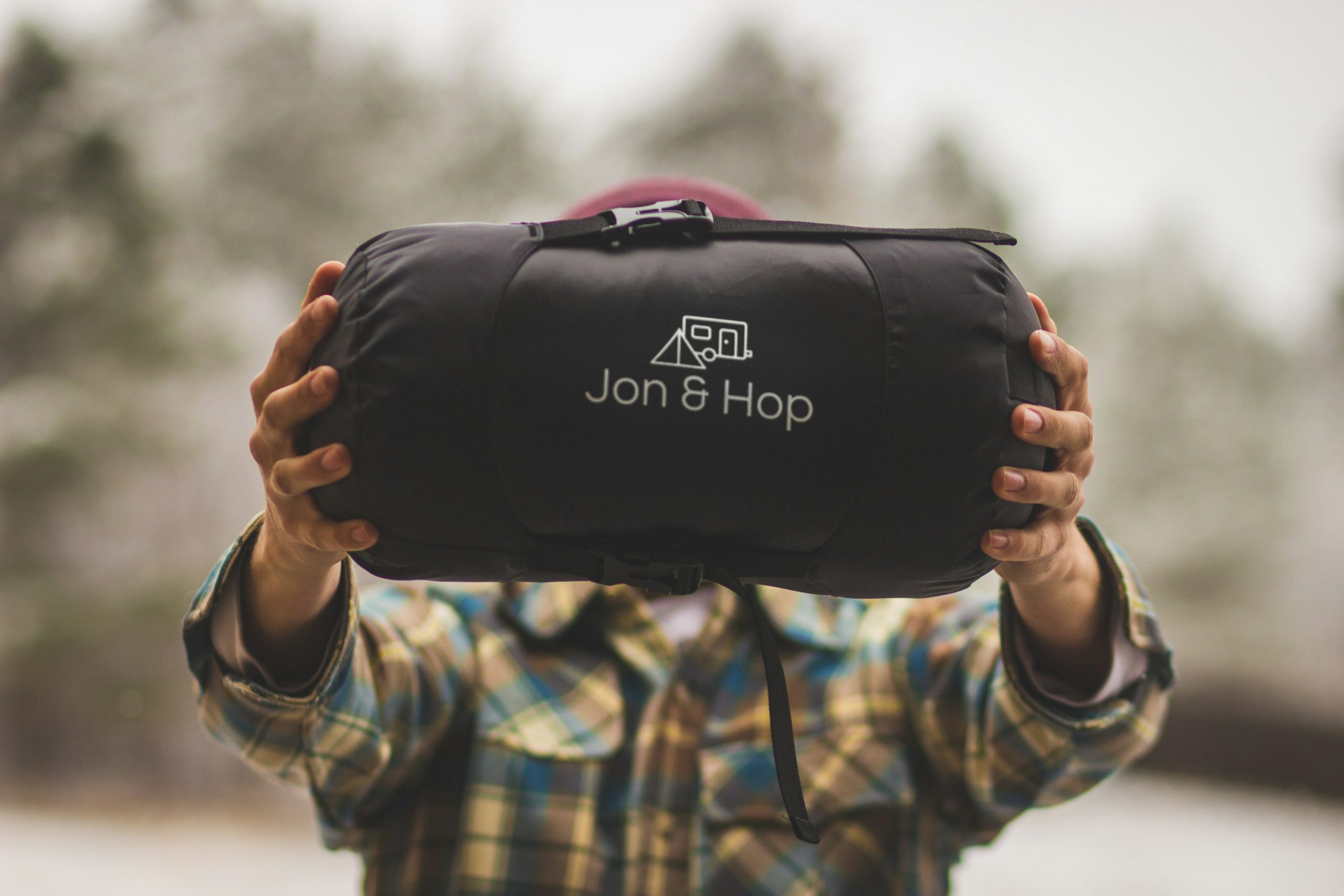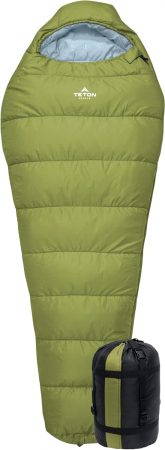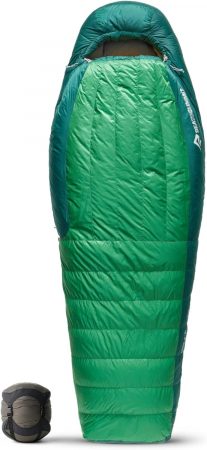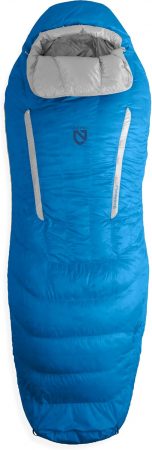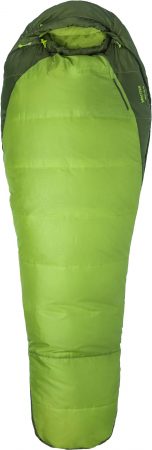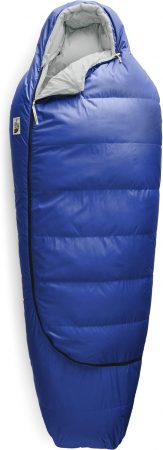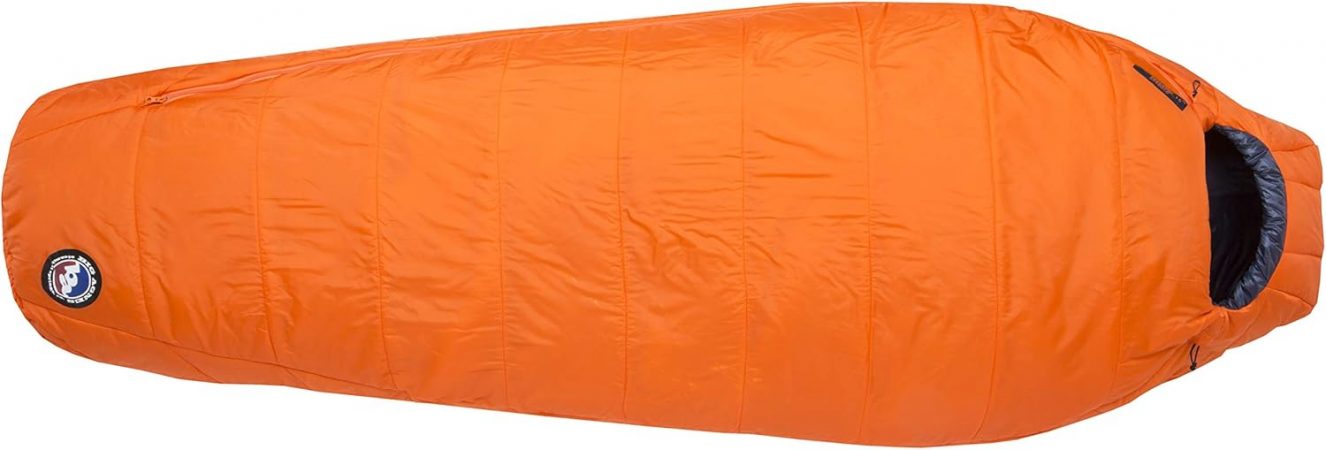Avoid Long-Term Compression
While it’s convenient to keep your sleeping bag tightly packed in its compression sack, this isn’t good for the insulation. When you compress your sleeping bag for too long, it can damage the insulation by flattening it out, which reduces its ability to keep you warm.
- Tip: Only use the compression sack when you’re on the move or need to save space. For long-term storage, avoid keeping it tightly packed.
Use a Loose Storage Sack
Most sleeping bags come with a larger, breathable storage sack. This allows the bag to stay loose, helping to maintain the insulation’s loft. By keeping it in a loosely packed sack, the insulation remains fluffy and ready to trap heat when you need it.
- Tip: If your bag didn’t come with a large sack, you can use a laundry bag, pillowcase, or any other breathable fabric sack.

